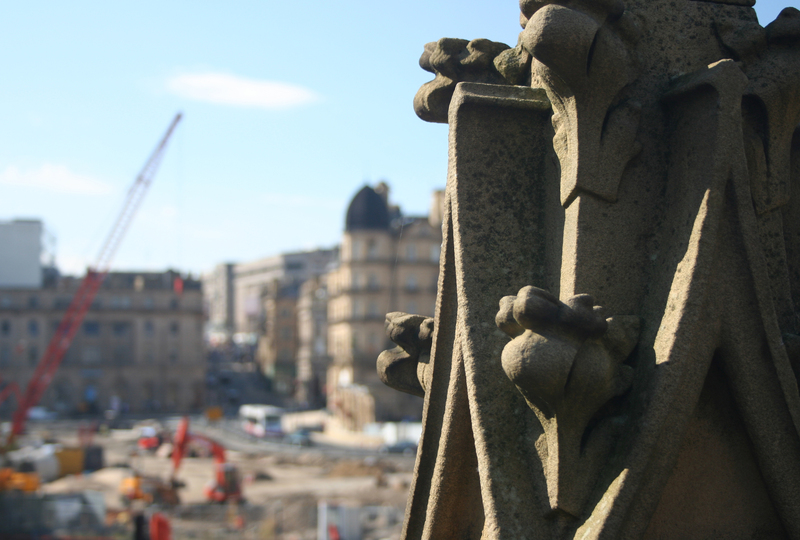Tips for Packing Vases
Posted on 26/01/2025
Packing vases for transportation or storage can be a daunting task due to their fragile nature. However, with proper planning and the right materials, you can ensure your vases remain safe and intact. This comprehensive guide will provide you with expert tips on how to pack vases securely.
Gather Your Packing Materials
Before you begin, gather all the necessary packing materials. Here's a list of what you might need:
- Bubble Wrap: Essential for protecting the vases from shocks and impacts.
- Packing Paper: Use unprinted packing paper to wrap the vases and prevent scratches.
- Foam Padding: Provides extra cushioning to absorb impacts.
- Sturdy Boxes: Choose boxes that are just slightly larger than the vases to minimize movement.
- Scissors and Packing Tape: For securing the wrapping and sealing the boxes.
- Labels: Mark the boxes as "Fragile" to alert handlers.

Preparing the Vases for Packing
Cleaning the vases before packing is crucial. Dust and dirt can cause scratches or abrasions during the packing process. Here are steps to prepare your vases:
- Clean Thoroughly: Use a soft cloth and mild soap to wipe down each vase. Ensure they are completely dry before packing.
- Check for Damages: Examine each vase for existing cracks or chips. Take note of any existing damage to prevent misunderstandings if a vase arrives damaged.
- Remove Accessories: Detach any removable parts like lids or stands. Pack them separately to avoid damage.
Wrapping Each Vase Individually
Individual wrapping provides the first line of defense against damage. Follow these steps to wrap your vases:
- Use Packing Paper: Lay a sheet of unprinted packing paper flat. Place the vase in the center and wrap it tightly, securing the ends with tape.
- Bubble Wrap: After the initial wrap with packing paper, use bubble wrap for additional cushioning. Wrap the vase in multiple layers and secure with tape.
- Foam Padding for Extra Protection: For highly valuable or extremely fragile vases, consider using foam padding around the bubble-wrapped vase.
Choosing the Right Box
The box you choose plays a crucial role in protecting your vases. Here's how to select and prepare the ideal box:
- Size Matters: Choose a box that is slightly larger than the vase, allowing space for padding materials but minimizing movement within the box.
- Strength and Durability: Opt for double-walled corrugated boxes for added strength and protection.
- Reinforce the Bottom: Use additional packing tape to secure the bottom of the box to prevent it from giving way.
- Cushion the Base: Place a layer of crumpled packing paper or foam peanuts at the bottom of the box for extra cushioning.
Packing the Wrapped Vases
Proper placement within the box ensures the vases are secure during transit. Here's how to pack your vases:
- Position Carefully: Place the wrapped vase upright in the center of the box. Do not lay it on its side.
- Add Padding: Fill any remaining space with packing paper or foam peanuts. Ensure the vase cannot move within the box.
- Top Cushioning: Add another layer of crumpled packing paper or foam peanuts on top before sealing the box.
Sealing and Labeling the Box
Sealing and labeling are your final steps, crucial for ensuring the safety of the vases. Follow these guidelines:
- Seal Tightly: Use packing tape to seal the box securely. Tape along all the seams to reinforce the box.
- Label as Fragile: Clearly mark the box with "Fragile" stickers or labels. This alerts handlers to be cautious with the package.
- Directional Arrows: Indicate the correct upright orientation of the box to prevent it from being turned on its side.
Special Considerations for Antique Vases
Packing antique vases requires extra precautions due to their age and potential value. Here are some additional tips:
- Consult Experts: Seek advice from professional packers or conservators who specialize in antiques.
- Use Acid-Free Materials: For wrapping, use acid-free paper to prevent any chemical reactions that could damage the vase over time.
- Temperature Control: If possible, transport antique vases in a climate-controlled environment to avoid temperature-related damages.

Shipping Tips
If you're shipping the vases, the following tips can help ensure they arrive safely:
- Choose Reliable Carriers: Select reputable shipping companies known for handling fragile items with care.
- Insurance: Consider purchasing insurance for high-value vases to cover potential damage during transit.
- Tracking and Delivery Confirmation: Opt for services that provide tracking information and delivery confirmation.
Conclusion
Packing vases requires careful preparation and attention to detail. By following the tips outlined in this guide, you can protect your vases from potential damage during transportation or storage. Remember to gather all necessary materials, wrap each vase individually, choose the right box, and take special care with antique vases. Ensuring that your vases are packed securely will give you peace of mind knowing they will arrive safely at their destination.





